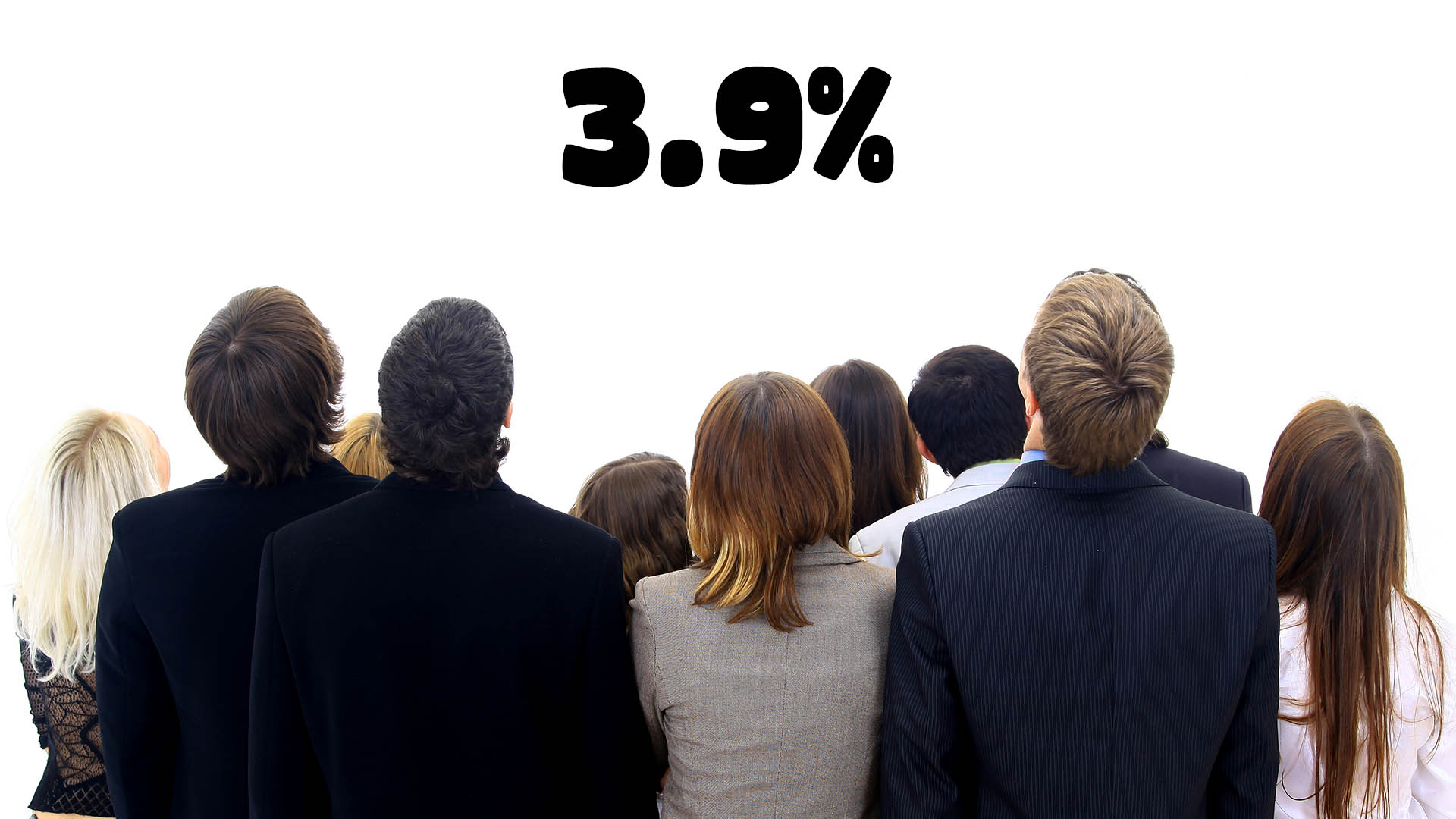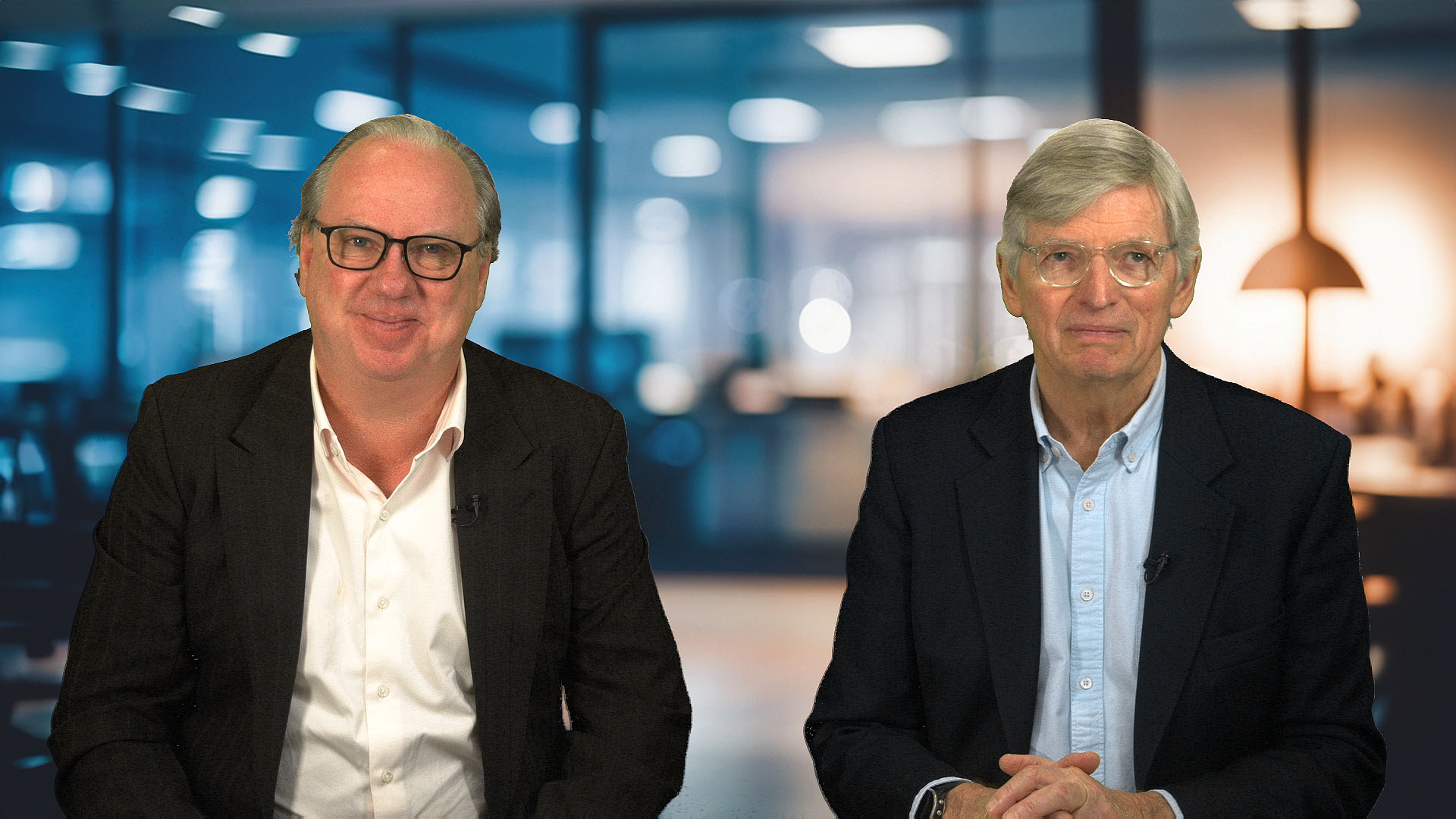Australian unemployment rose to an 18-month high of 3.9%, according to the latest labor force report from the Australian Bureau of Statistics on Thursday. However, focusing solely on that figure, as some reports did, was highly misleading.
In fact, the ABS data showed that the size of the Australian workforce surged to a record 14.257 million (seasonally adjusted), while the participation rate hit an all-time high above 67%. Additionally, an extra 61,500 jobs were added in November, a month when most forecasts suggested a weak outcome.
November’s surge surprised many economists who were expecting little change or a drop – some forecasts had predicted a fall of 7,000, while others anticipated a rise of around 5,000 to 11,000.
Instead, there was another massive surge, on top of the 55,000 or more jobs added in October, which was attributed to temporary part-time workers being employed for the Voice referendum by the electoral office.
With revisions, approximately 140,000 to 150,000 new jobs have been added since September when there was a sign of a slowdown with only 7,000 new jobs created and the jobless rate at 3.6%.
In November, the number of unemployed people looking for work rose by 19,000 to 572,000, according to ABS head of labor statistics, Bjorn Jarvis.
“The combination of strong growth in both employment and unemployment in November saw the employment-to-population ratio return to a record high of 64.6%, and the participation rate reached a new high of 67.2%,” he said in Thursday’s release from the Bureau.
“We have continued to see employment growth keeping pace with high population growth through 2023. The employment-to-population ratio has been high for a long time now, between 64.4% and 64.6% since February 2023, and between 64.3% and 64.6% for the past 18 months.”
The rise in the participation rate is not a bearish sign; it's positive as it shows more people either looking for work or getting work – the rise from an existing record high is an optimistic indicator.
Hours worked slowed down by 0.1% or 2 million hours, suggesting that employers are adding staff while cutting hours.
“The recent slowdown in hours worked over the past six months continued into November, with the total number of hours worked now around where it had been back in May. However, this follows very strong growth during late 2022 and early 2023,” Mr. Jarvis said.
“The slowing in hours means that overall growth rates in employment and hours worked are now similar over the past 18 months. The narrowing gap between these two growth rates suggests that the labor market is now less tight than it has been.”
This can be explained by the surge in immigration and the Australian population.
Separate ABS data on Thursday showed that the Australian population topped 26.6 million people in the year to June, a rise of 614,000, with net immigration accounting for 518,100 of that figure. This, in turn, helps explain the 441,000 rise in the size of the workforce in the year to November.














